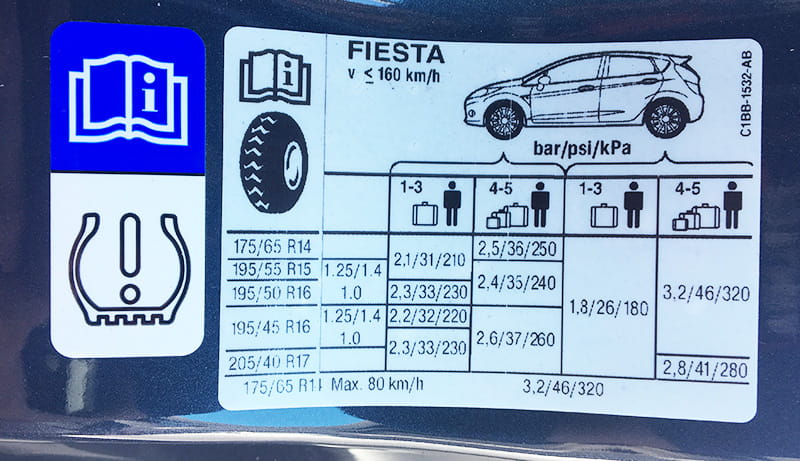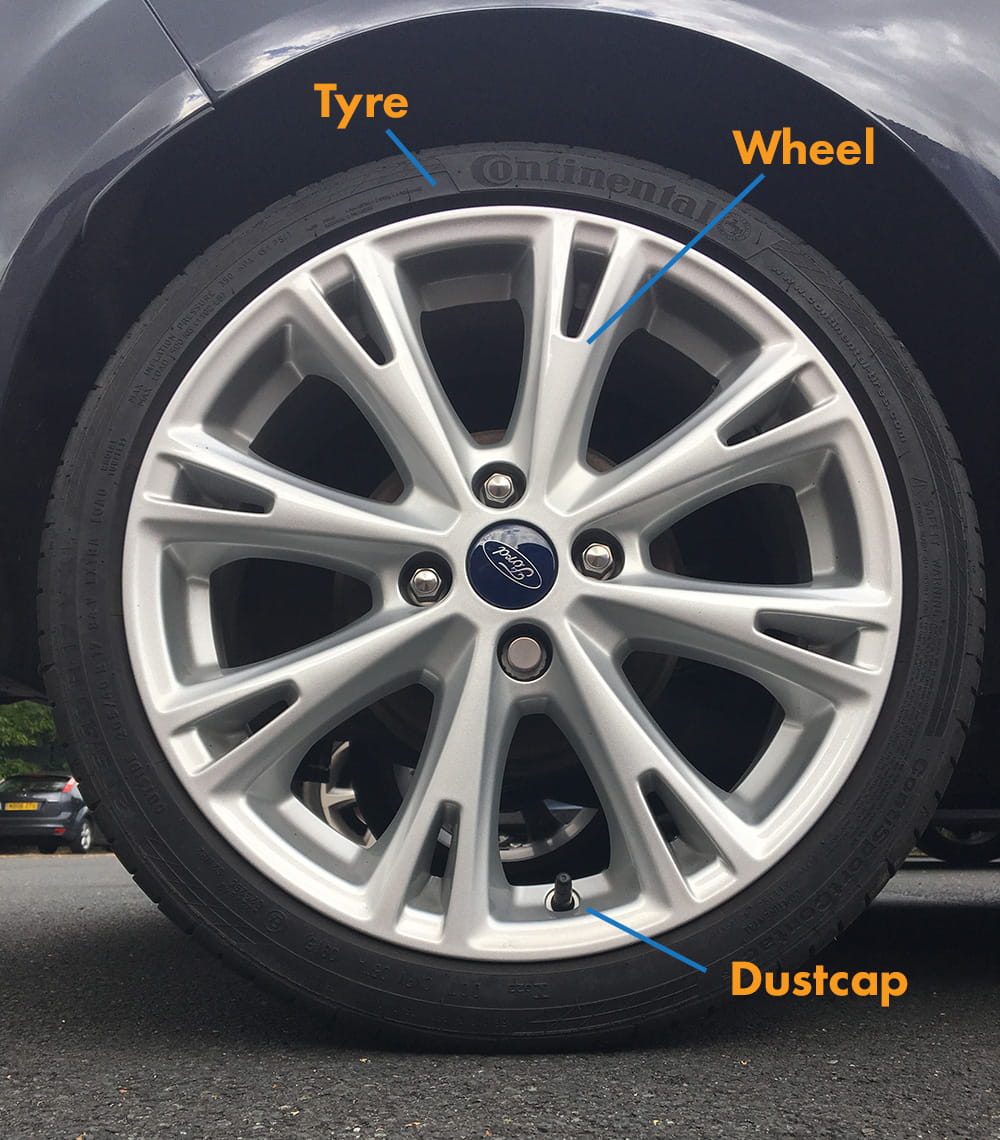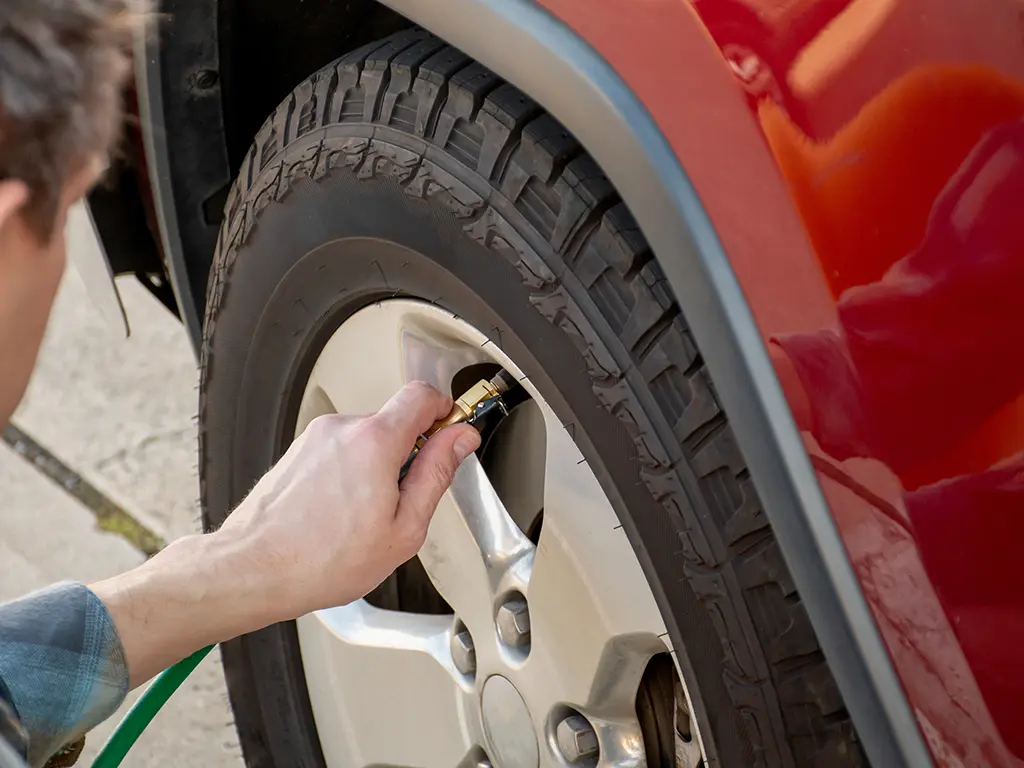Tyre Pressures
Making sure that your tyres are kept at the correct pressures is vital for vehicle safety. This is because driving on tyres that are inflated to the wrong pressures will provide less grip and seriously decrease handling abilities, as well as wearing quicker. Learn everything you need to know about tyre pressure checks and what your tyre pressure should be from our informative guide.
Why Do I Need to Check my Tyre Pressures?
There are a range of potential dangers related to driving on tyres that are over or under inflated:
Under Inflated Tyres
- Lifespan - under inflated tyres wear more rapidly as increased friction between the tyre and the surface of the road results in high susceptibility to damage and wear.
- Fuel Consumption - tyres that are under inflated require more momentum in order for them move and gain speed, which in turn requires more fuel.
- Safety - under inflated tyres have decreased levels of grip and this compromises your handling and braking capabilities.
Over Inflated Tyres
- Lifespan - over inflated tyres will wear heavily and unevenly over the central part of the tyres decreasing tyre life.
- Safety - if tyres are over inflated then the contact patch of the tyre is reduced and this results in reduced handling capabilities and poor braking distances.
How Often Should I Check my Tyre Pressures?
PTA Garage Services recommend that you check your tyre pressures every four weeks and before you make any long journeys.
This is because air will escape from your tyres when you drive and in turn will lower your tyre pressure. If you don’t regularly check it, you could find yourself driving on under inflated tyres.
What Should My Tyre Pressure Be?
Before you check your car tyre pressures, you will need to find the recommended tyre pressure for your vehicle. This can be found in the vehicle handbook or on a label attached to the edge of the driver door or inside the fuel cap flap.
Be aware that there may be different tyre pressure specifications for front and rear tyres and if you are carrying a heavy load you will need to adjust your pressures accordingly. So always check the recommended tyre pressures if you are carrying extra passengers or a full load.

How To Check Tyre Pressures?
You can check your car tyre pressures easily using a tyre pressure gauge, which are available for free or a small cost at most petrol stations.
Then you should remove the dust cap from your tyre and attach the pressure gauge. Your tyre pressure will then be displayed. If your tyre is underinflated, use the facilities at the service station to fill it to the correct amount.
Alternatively, if your tyres are over inflated, you should allow some air to escape before rechecking. When you have finished, make sure that you put the dust cap back on tightly.

As well as frequently checking your tyre pressure, you should keep yourself safe on the road by monitoring your tread depth and frequently inspecting the condition of your tyres.
If you have any queries regarding checking your car tyre pressure, or feel uncomfortable checking it yourself, contact your local PTA Garage Services branch. Here, our trained specialists will be happy to help.


